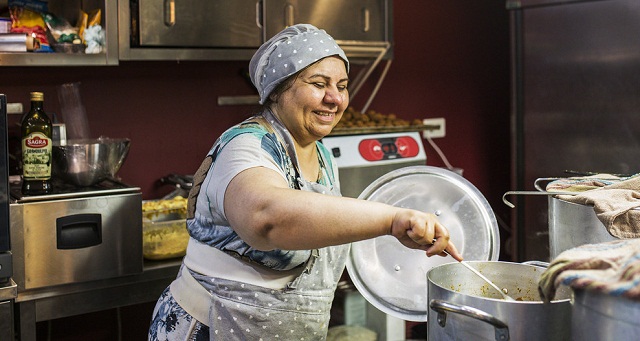
Global Compact on Refugees: How is this different from the migrants’ pact and how will it help people forced to flee?
Kampala, Uganda | THE INDEPENDENT | The terms ‘refugee’ and ‘migrant’ have been used interchangeably to describe the millions of people worldwide that are either fleeing conflict or seeking better living conditions. As the United Nations sets out to secure global compacts to better protect them, it’s critical to understand the differences between the two.
A new international agreement to forge a stronger, fairer response to large refugee movements known as the Global Compact on Refugees is expected to be endorsed by members of the UN General Assembly on Monday, 17 December to provide greater support for those fleeing their homelands, and for the countries that take them in, which are often among the poorest in the world.
It’s designed to provide a robust and systematic model to improve the lives of refugees and their host communities following two years of intensive consultations – which may sound familiar to anyone who has been following the progress of the global migration pact ( formally known as the Global Compact for Safe, orderly and Regular Migration) which was formally adopted in Marrakech last Monday, 10 December 2018.
UN News has put together this guide to explain the key difference between migrant and refugee status, and the differences between the two UN-backed compacts that are designed to improve the lives of everybody on the move.
We just heard the global compact on migration has recently been adopted. Why do we need another deal?
The New York Declaration that was adopted in September 2016 gave birth to two compacts: one on refugees and one on migrants. Although both are groups of people who live outside of their countries of origin, there are crucial distinctions between the terms “refugee” and “migrant.”
Both agreements are voluntary in nature, and not legally binding instruments.
What’s the difference between a migrant and a refugee?
Refugees are persons who are outside their country of origin for reasons of feared persecution, conflict, generalized violence, or other circumstances that have seriously disturbed public order and, as a result, require international protection. The refugee definition can be found in the 1951 Convention and regional refugee instruments, as well as the Statute of the United Nations High Commisioner for Refugees.

While there is no formal legal definition of an international migrant, most experts agree that an international migrant is someone who changes his or her country of usual residence, irrespective of the reason for migration or legal status. Generally, a distinction is made between short-term or temporary migration, covering movements with a duration between three and 12 months, and long-term or permanent migration, referring to a change of country of residence for a duration of one year or more.
“I’m a migrant but didn’t have to risk my life on a leaky boat or pay traffickers. Safe migration cannot be limited to the global elite”, United Nations Secretary General António Guterres said.
Does this mean the Refugee Convention is not fit for purpose?
The compact builds upon, not replaces, the existing international legal system for refugees – including the 1951 Refugee Convention and other international legal instruments on refugee, human rights and humanitarian law.
“The Refugee Convention focuses on rights of refugees and obligations of States, but it does not deal with international cooperation writ large. And that’s what the global compact seeks to address”, explained the UN refugee agency’s (UNHCR) Assistant High Commissioner for Protection, Volker Türk.
 The Independent Uganda: You get the Truth we Pay the Price
The Independent Uganda: You get the Truth we Pay the Price



